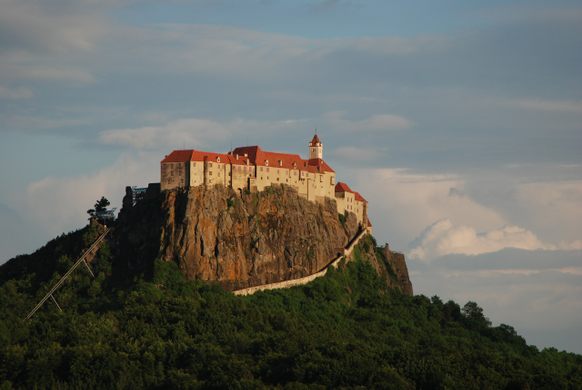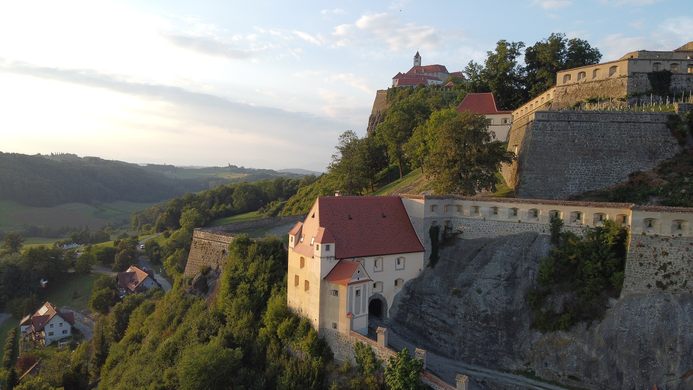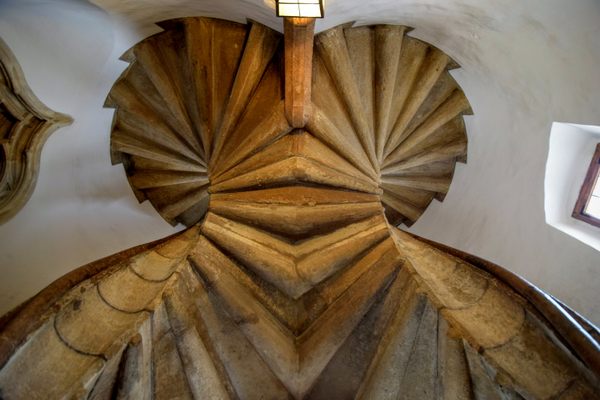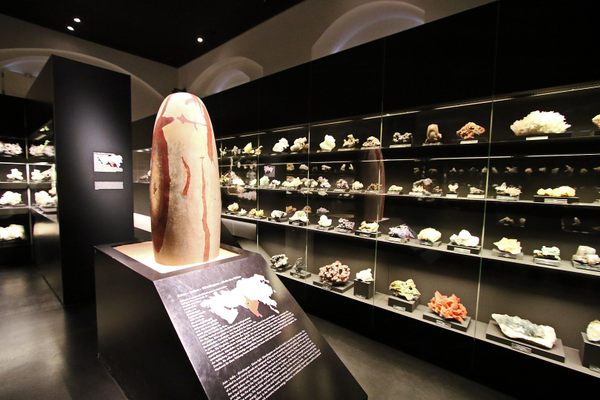Riegersburg Castle
A centuries old castle atop a dormant volcano houses museums devoted to both women and witches.
While most medieval castles have a long, male-dominated history, Austria’s Riegersburg Castle is better known for its wealthy and powerful women and the tragic fate of those beneath them.
The beginnings of Riegersburg Castle started in 1122 when a knight built a small keep on top of the dormant volcano. This picturesque and defensively sound structure was built upon and rebuilt over the centuries by a succession of royals and wealthy families, but it was not until the Baroness Katharina Elisabeth von Wechsler took control of the estate in the 17th century that the castle gained its current identity.
The baroness was known across the Styrian region as a strong-willed woman in the male-dominated society who would go to extraordinary lengths to protect her legacy and her castle. During her residence, the estate saw a large expansion into its current opulent state, with 108 rooms, five gates, and elaborate ornamentation. Unfortunately von Wechsler’s lavish lifestyle was sadly mirrored by the fate of one of her handmaidens. Katharina Paldauff, who came to be known as the “Flower Witch,” was a victim of the Styrian witch hunts that took place from 1673-1675. Accused of “bad weather sorcery,” the woman was killed, displaying the continued persecution of the times.
The castle stayed with the baroness’ family through the centuries and both she and her murdered servant are honored by a pair of museums on the estate, one honoring the famous women of the region and the other exploring the history of witchcraft and sorcery.
















Follow us on Twitter to get the latest on the world's hidden wonders.
Like us on Facebook to get the latest on the world's hidden wonders.
Follow us on Twitter Like us on Facebook